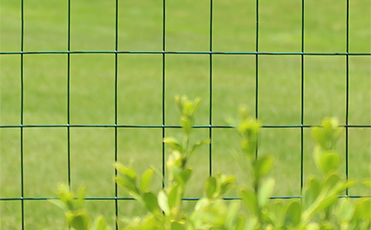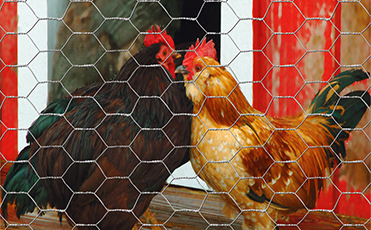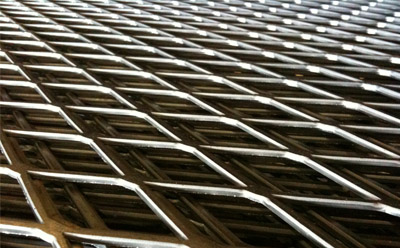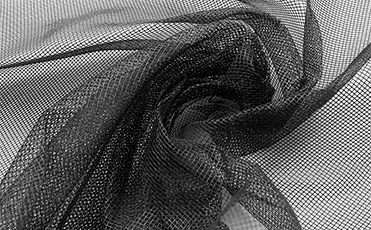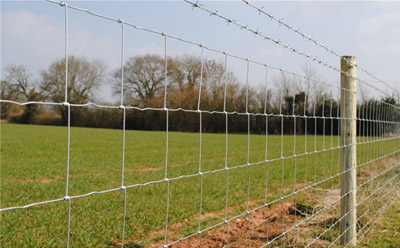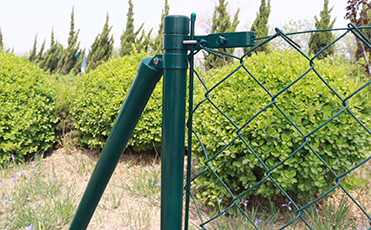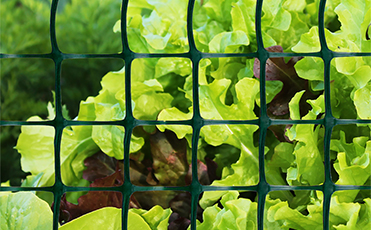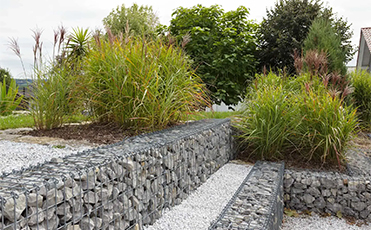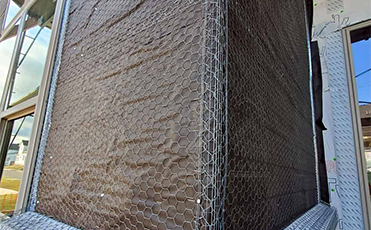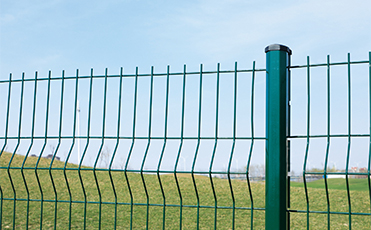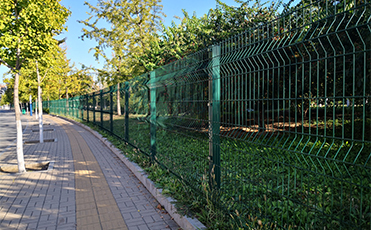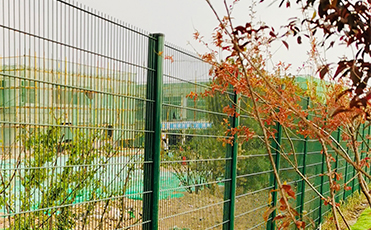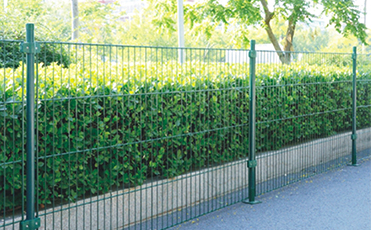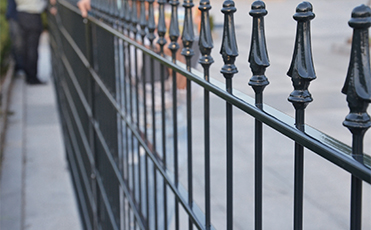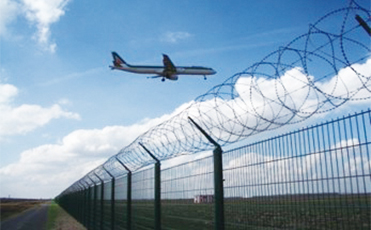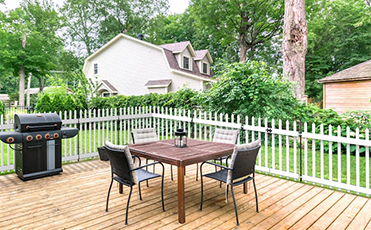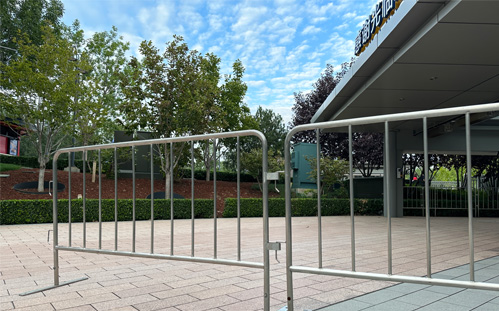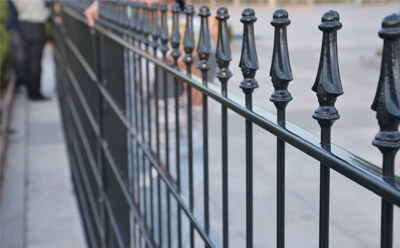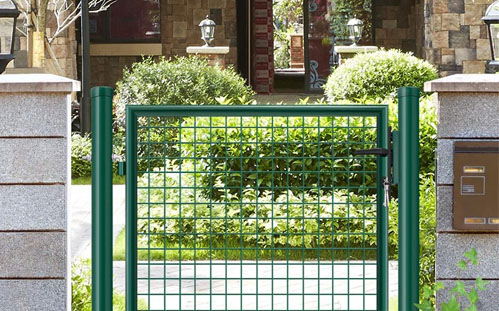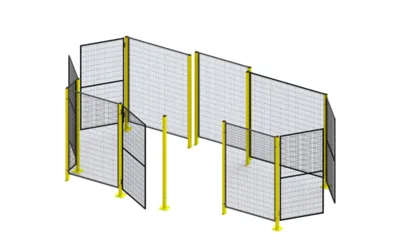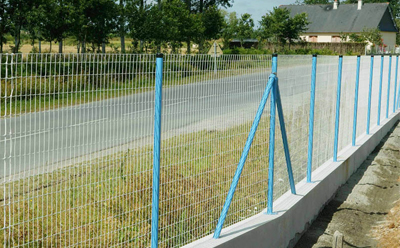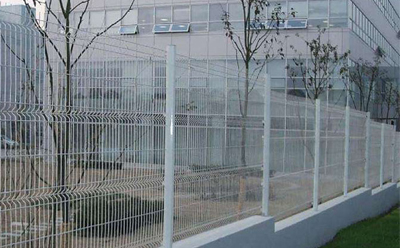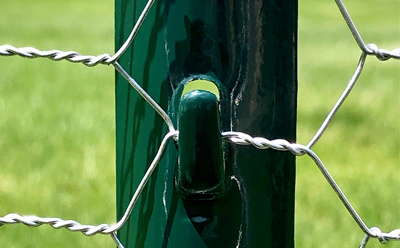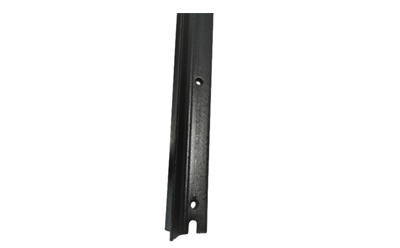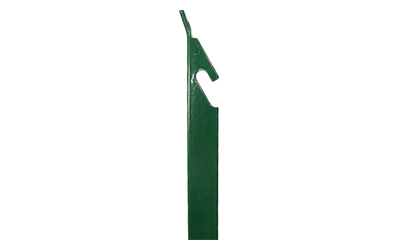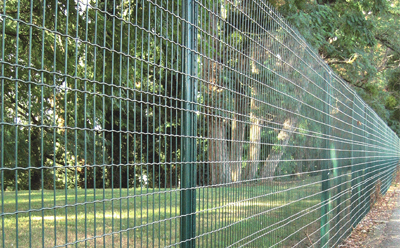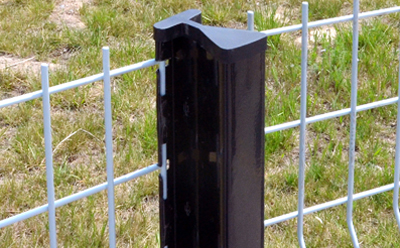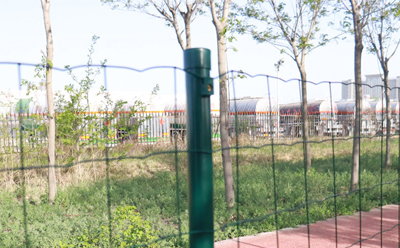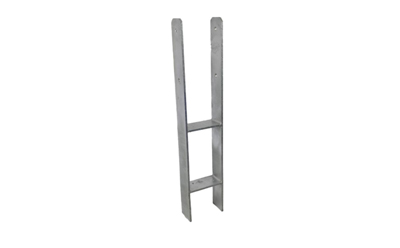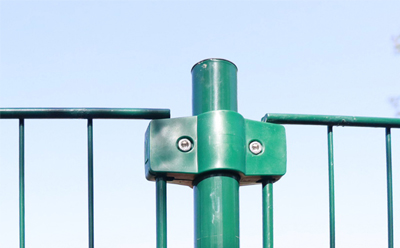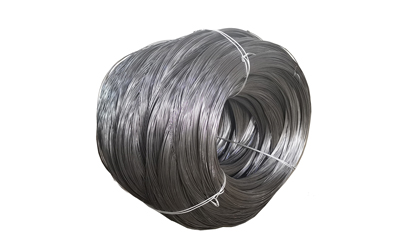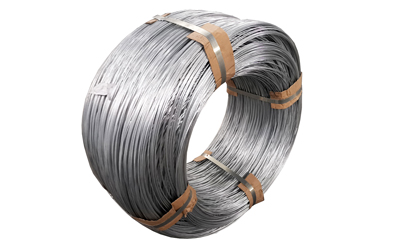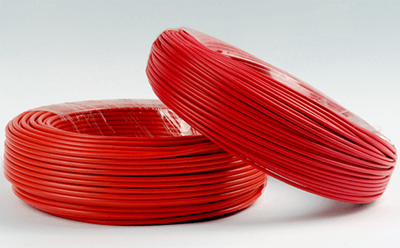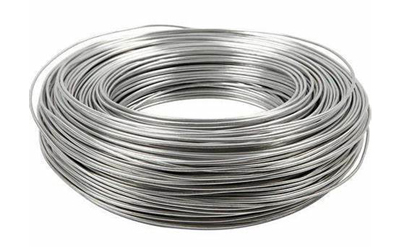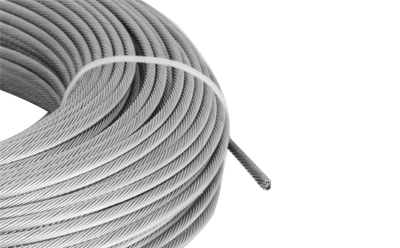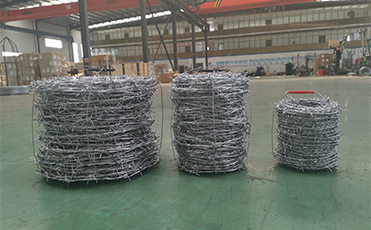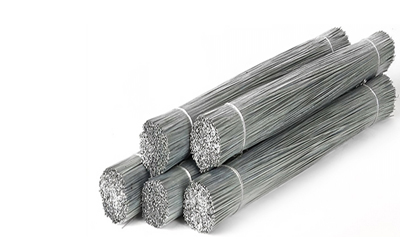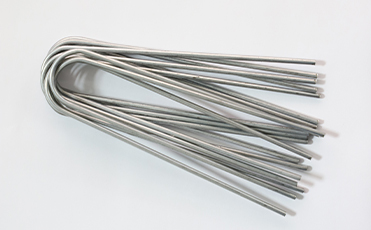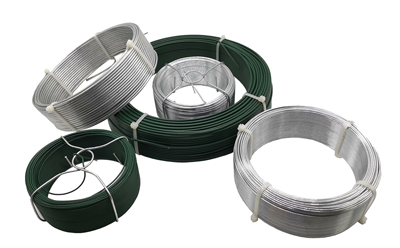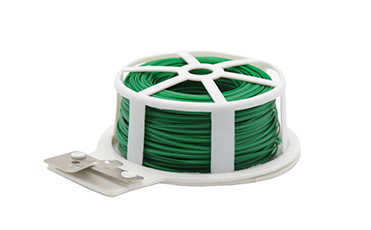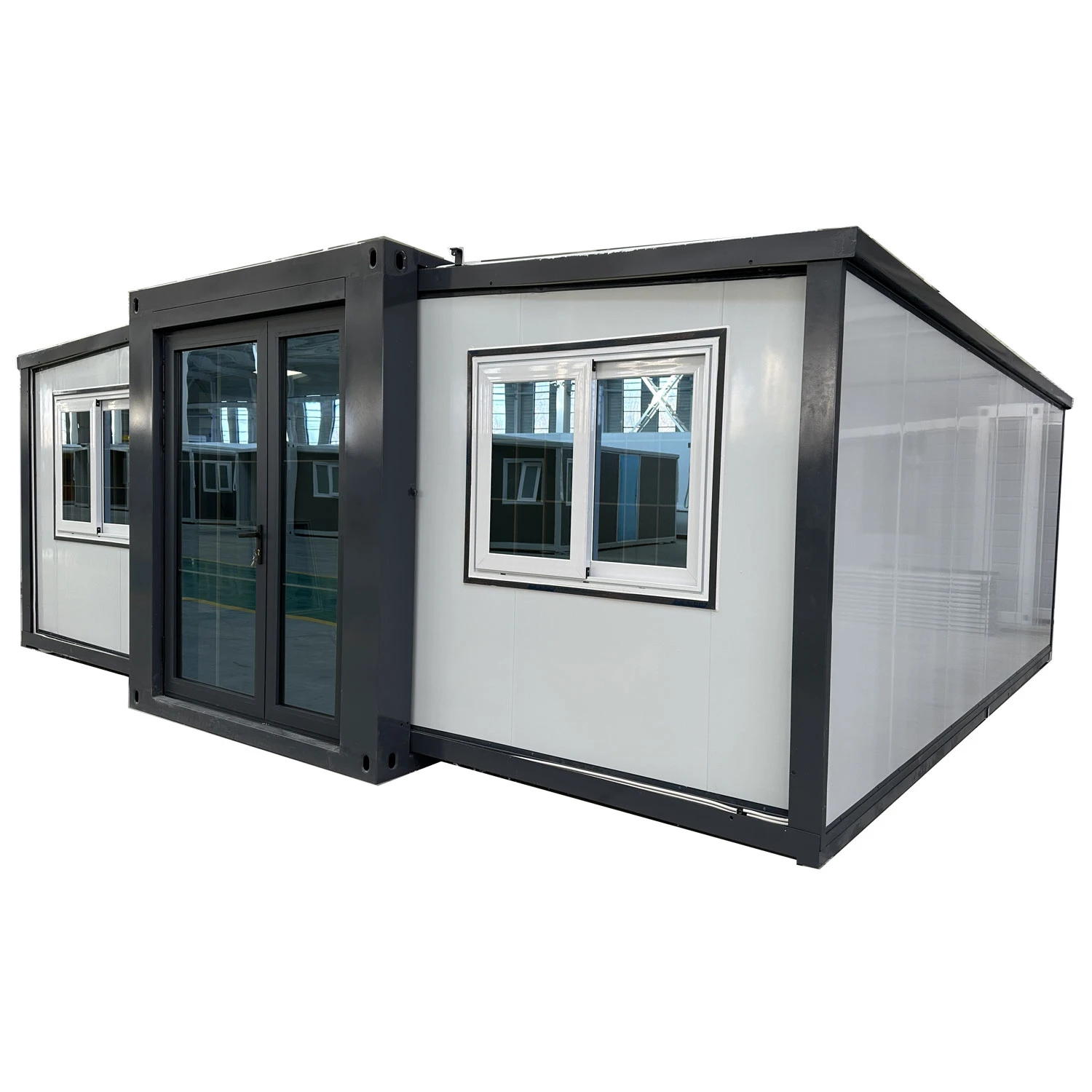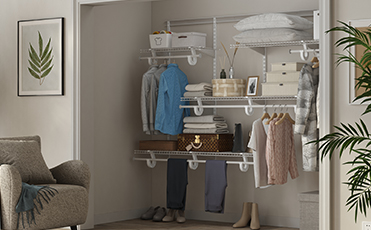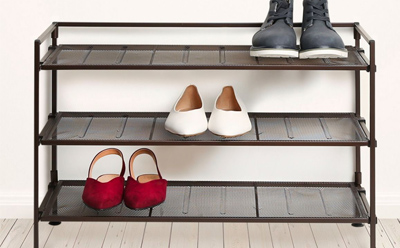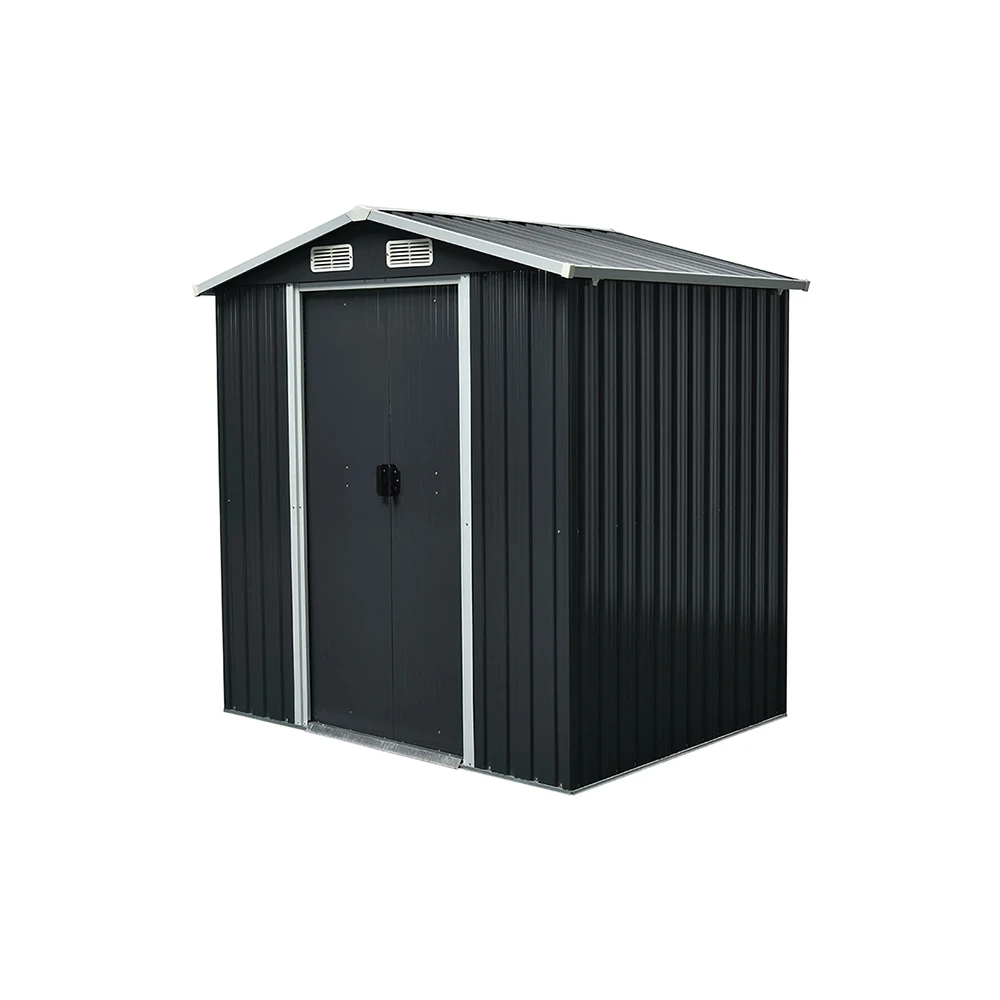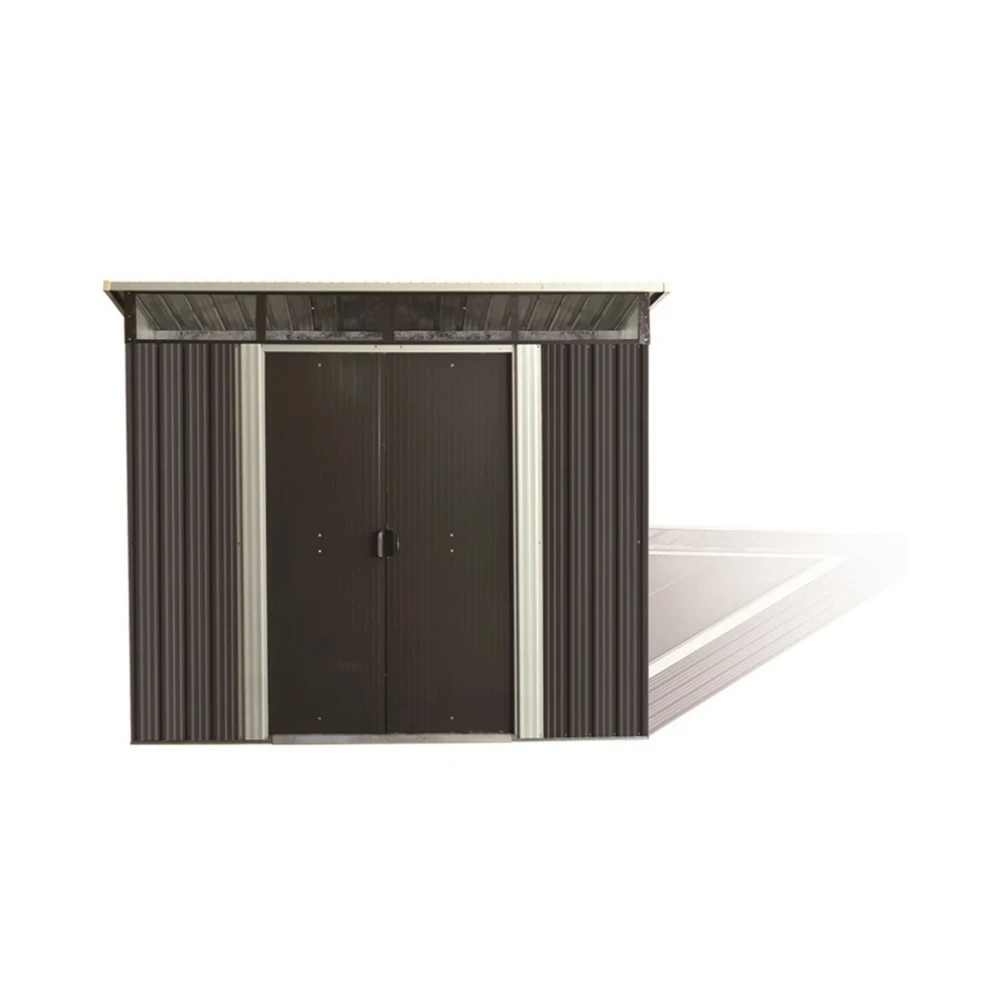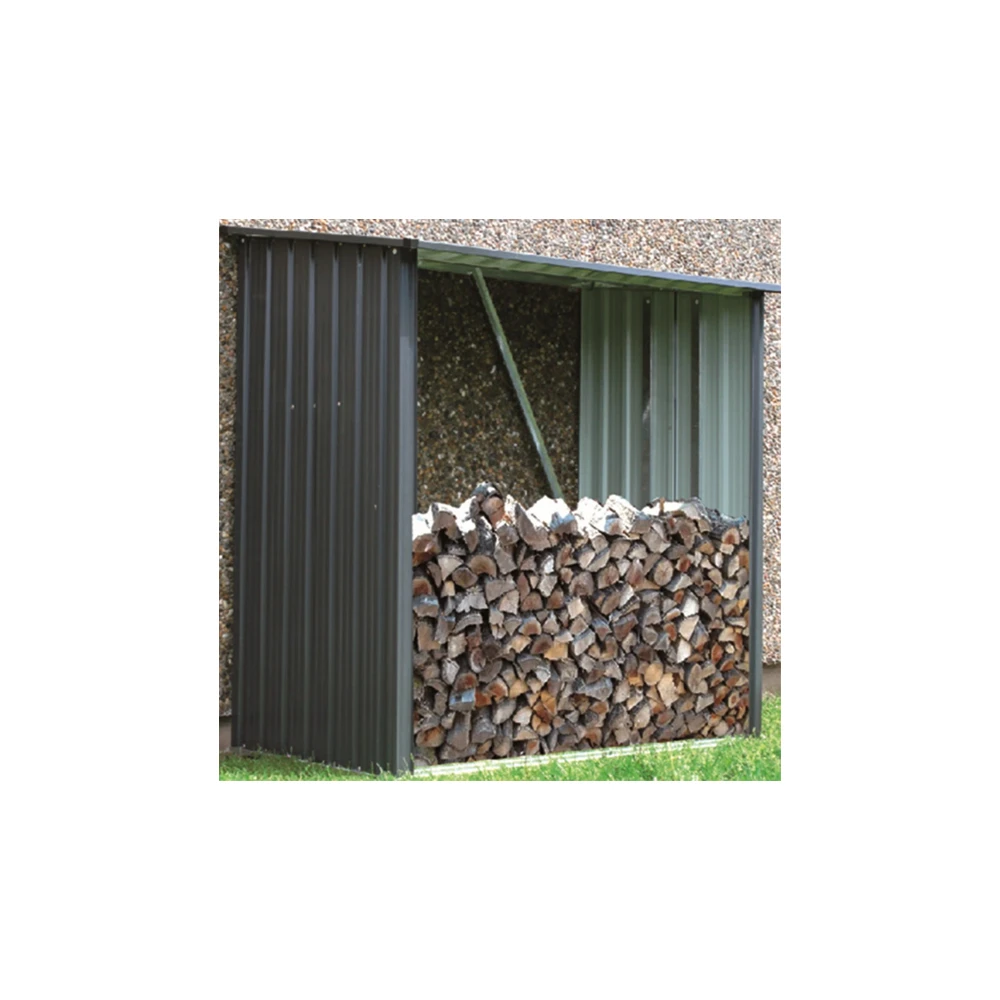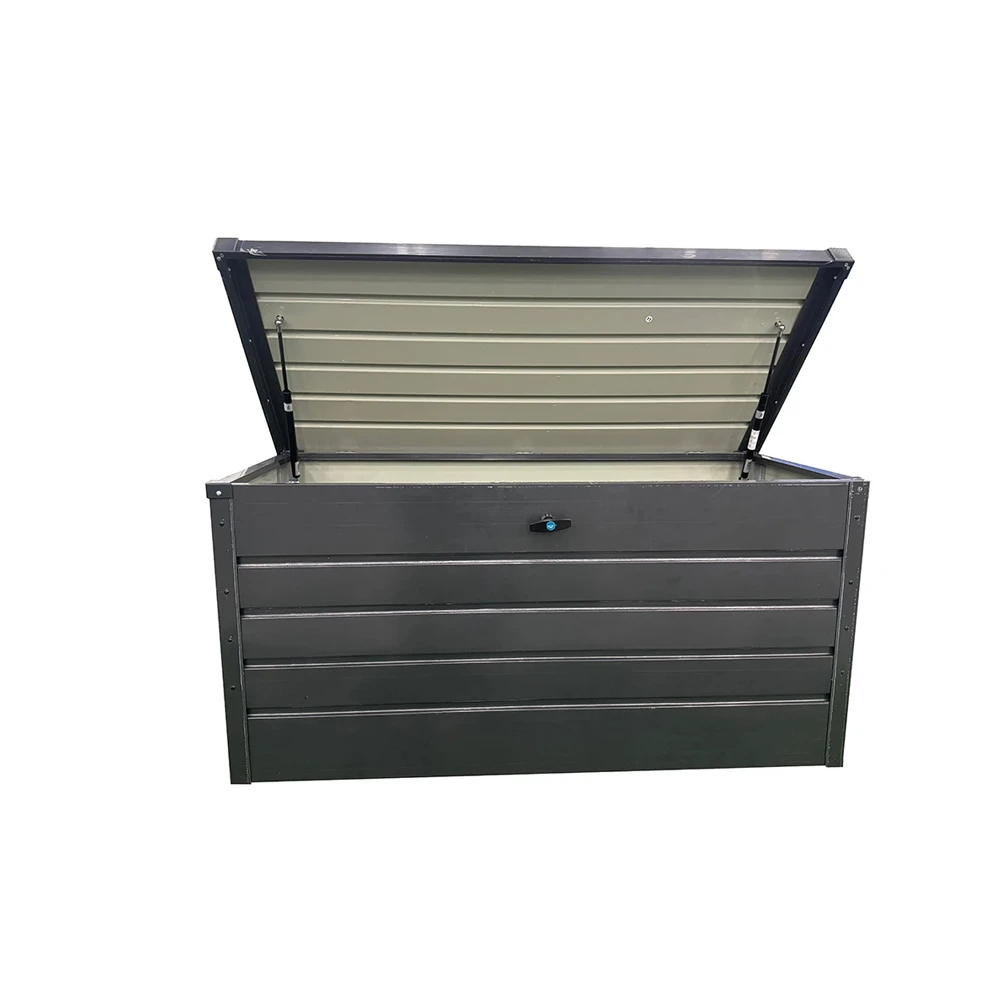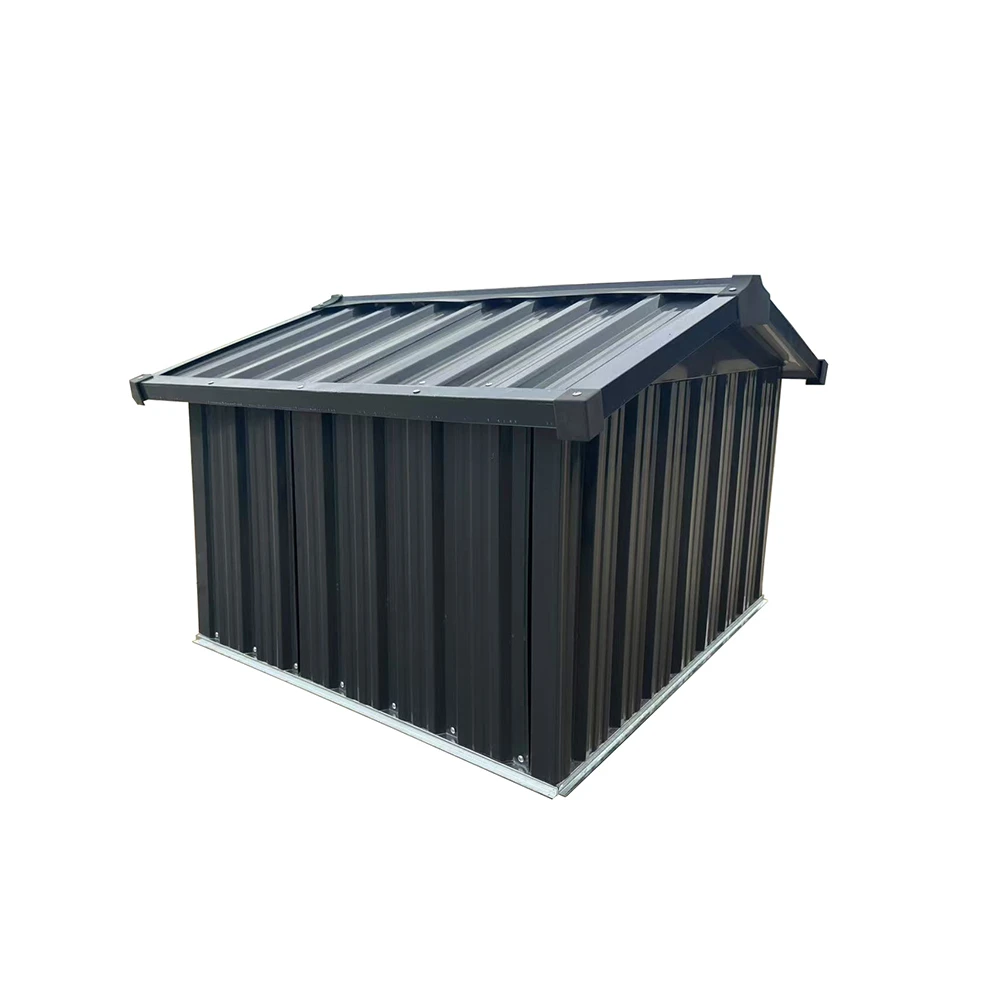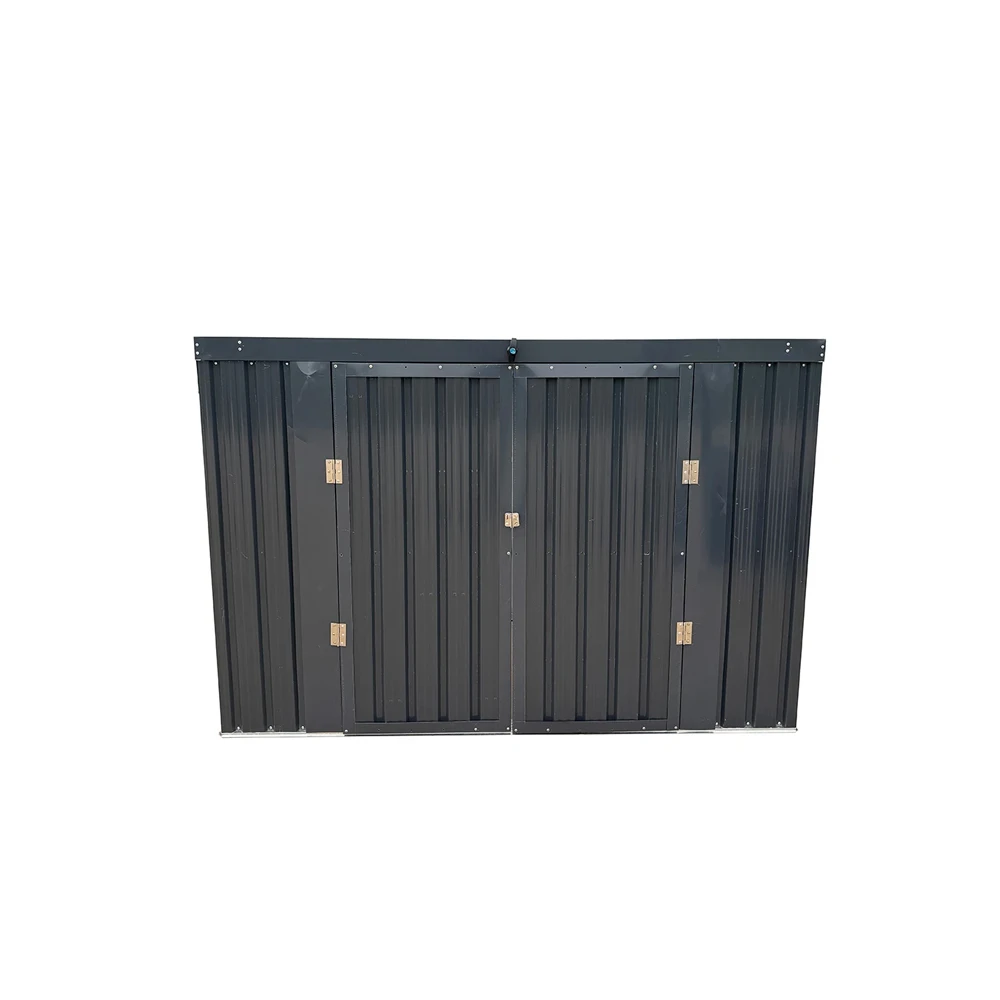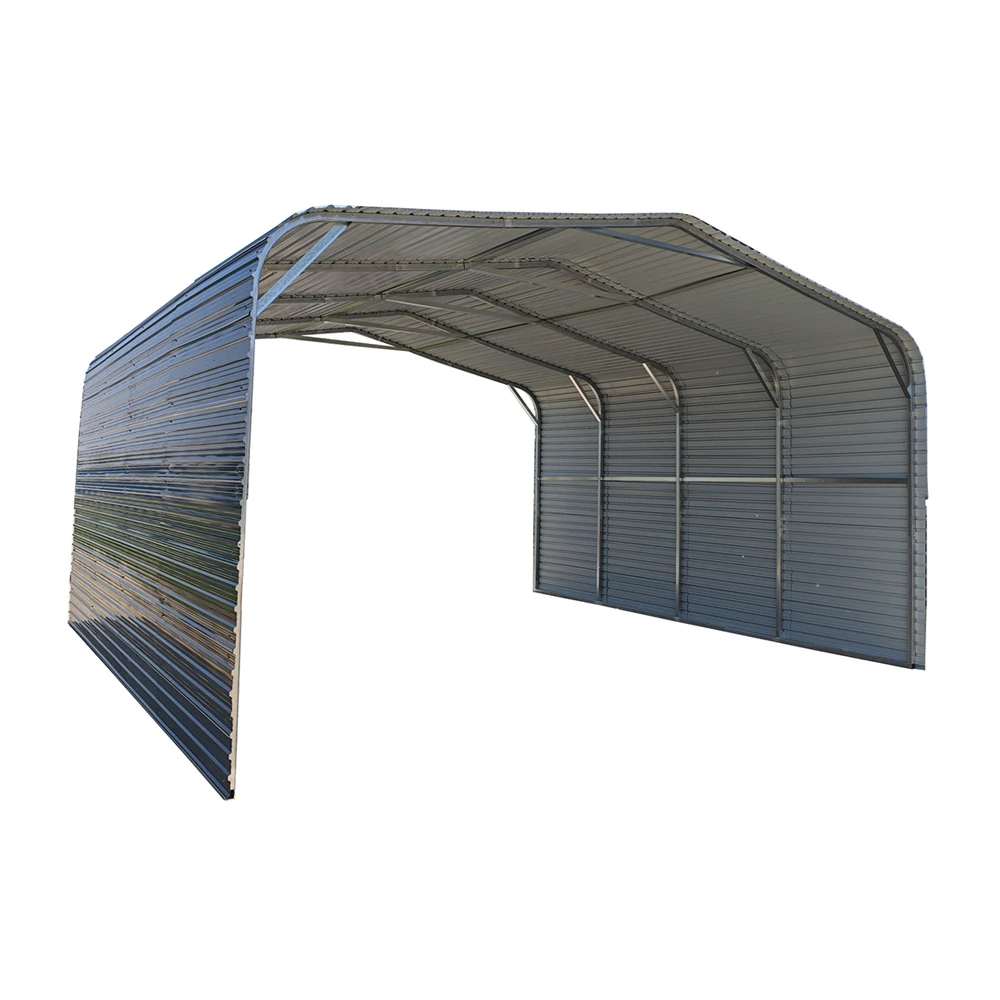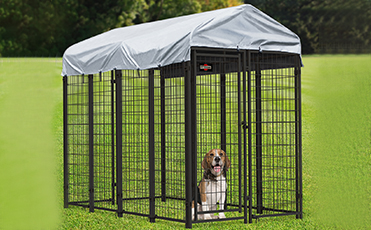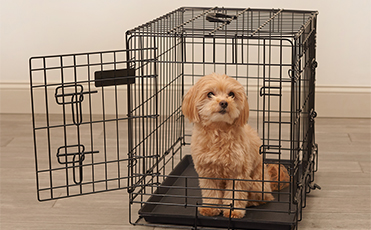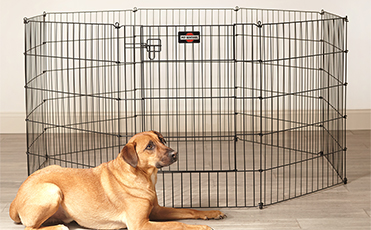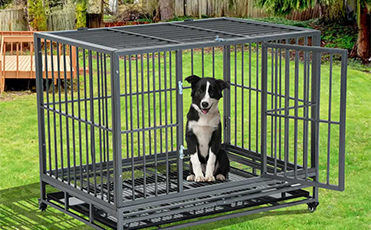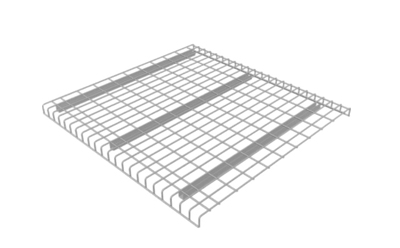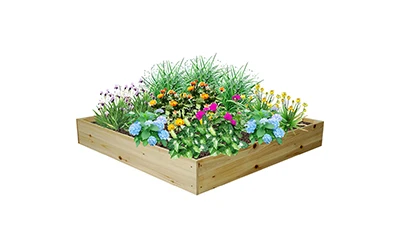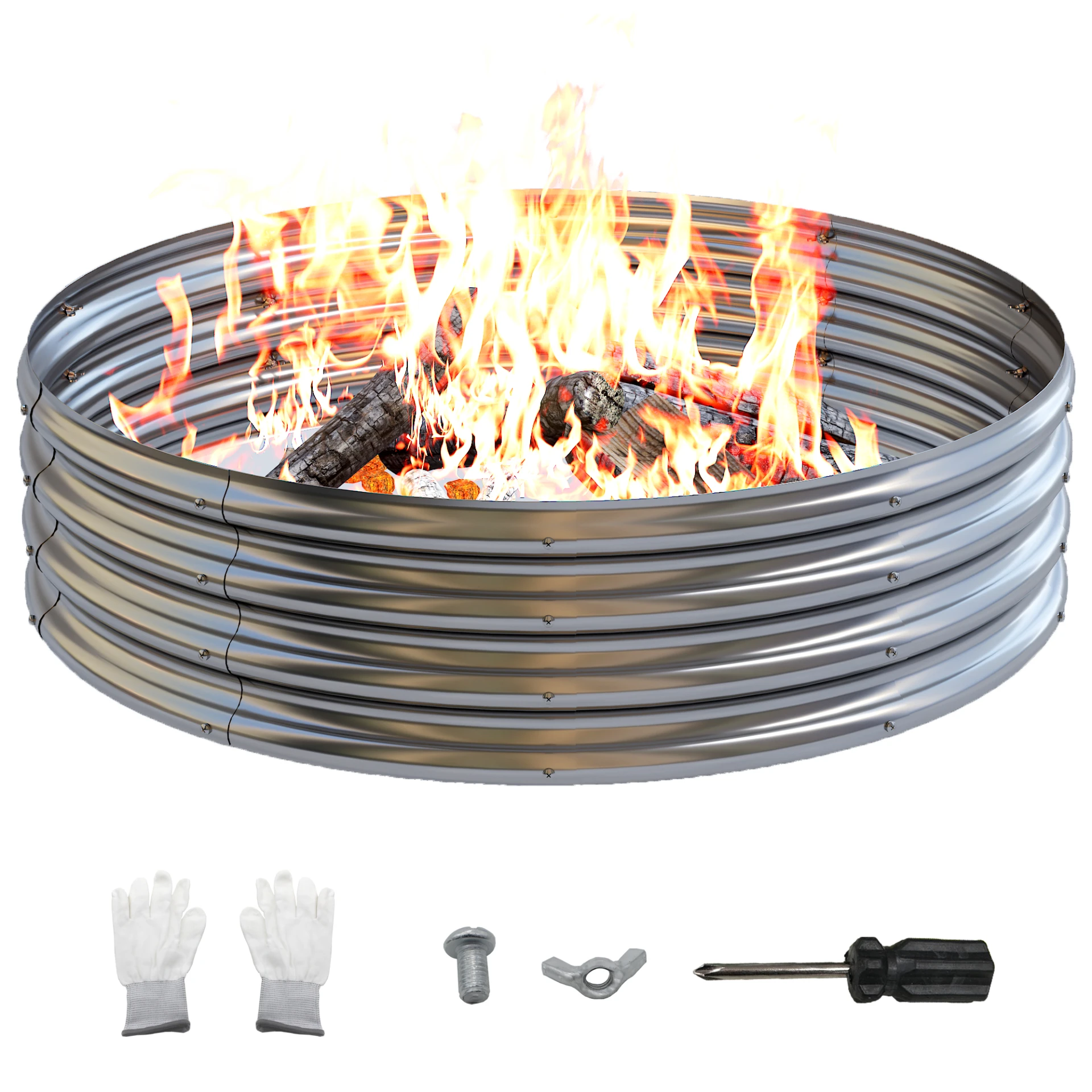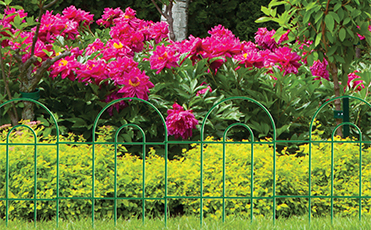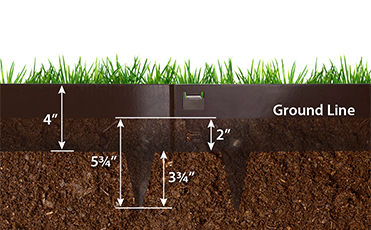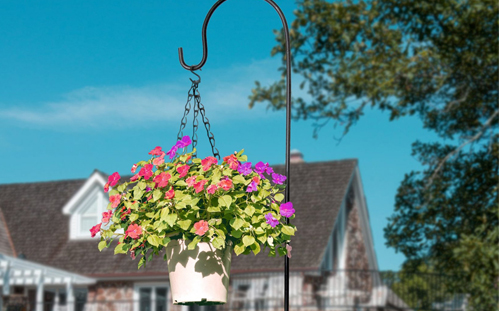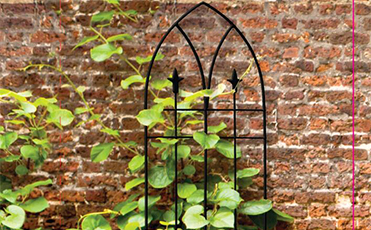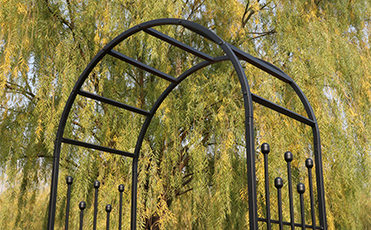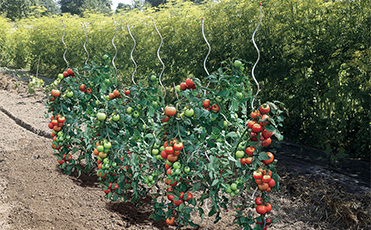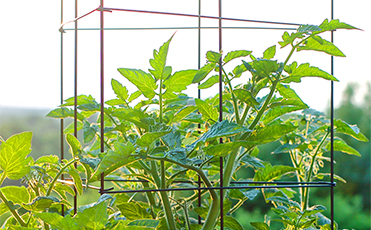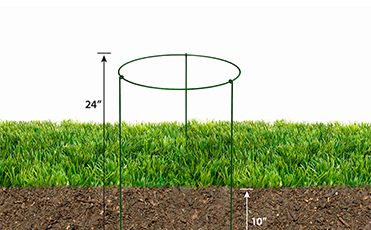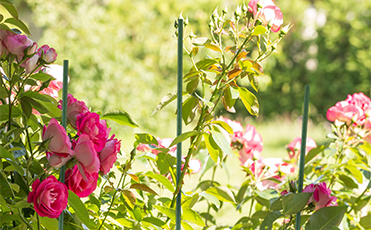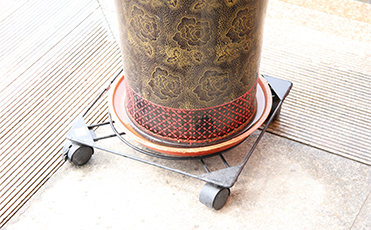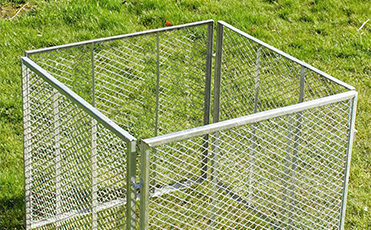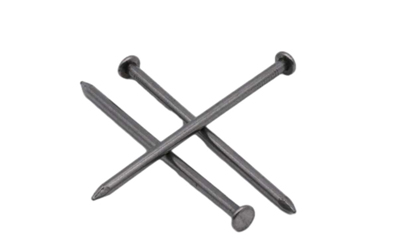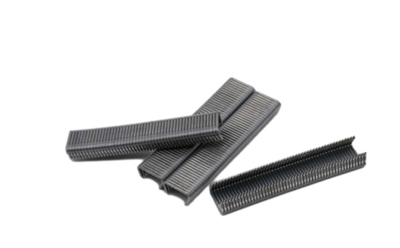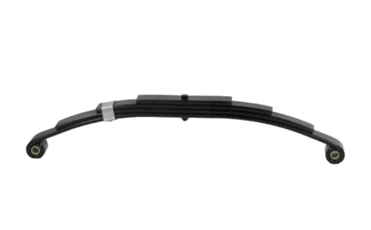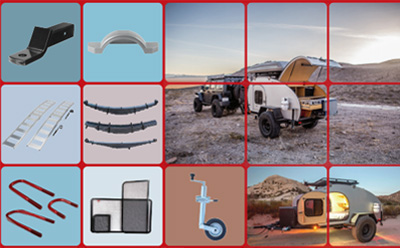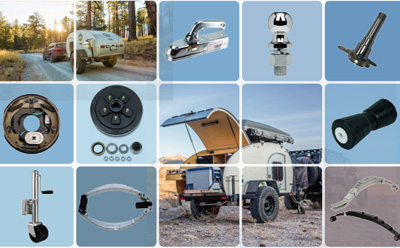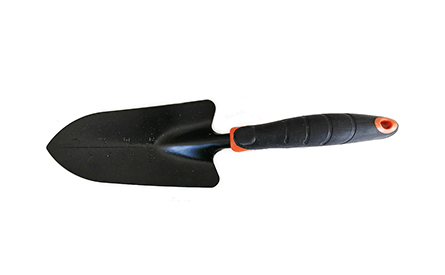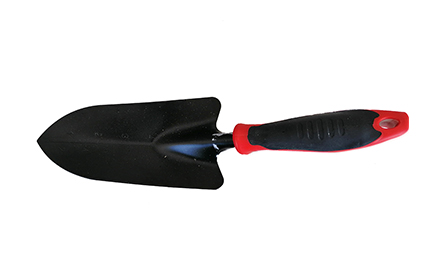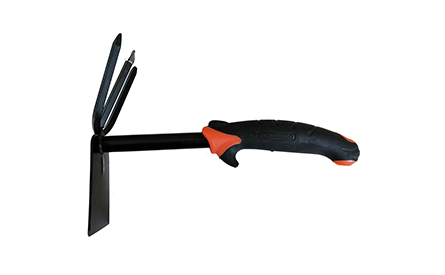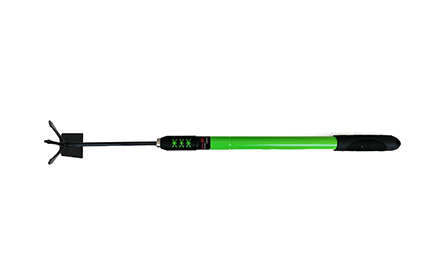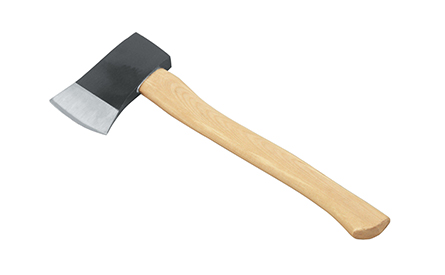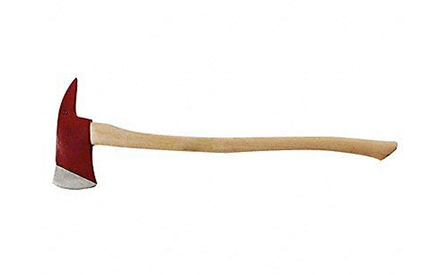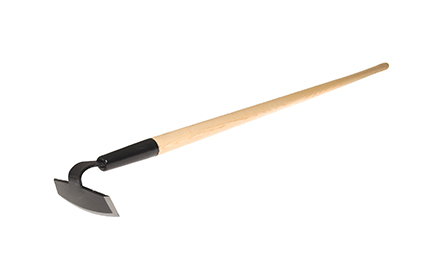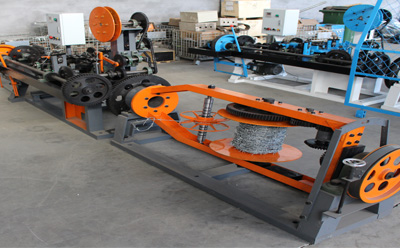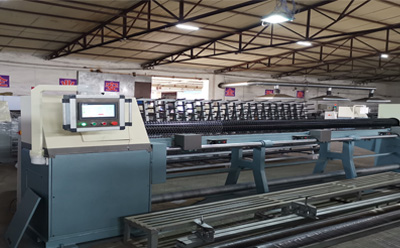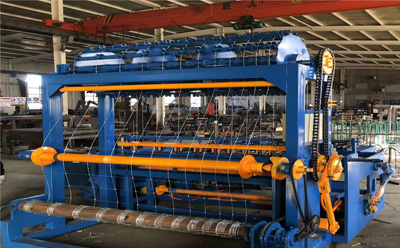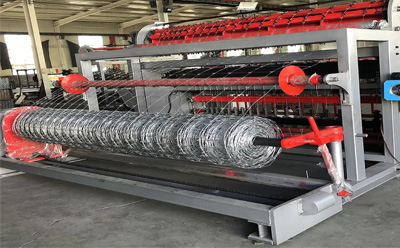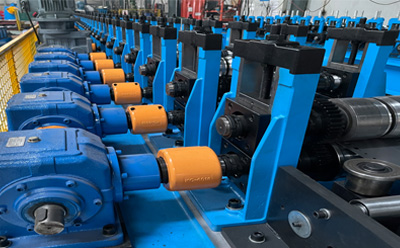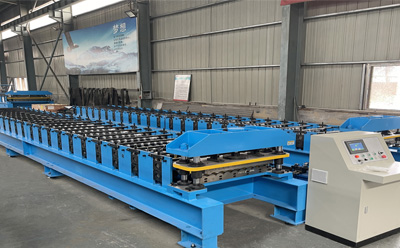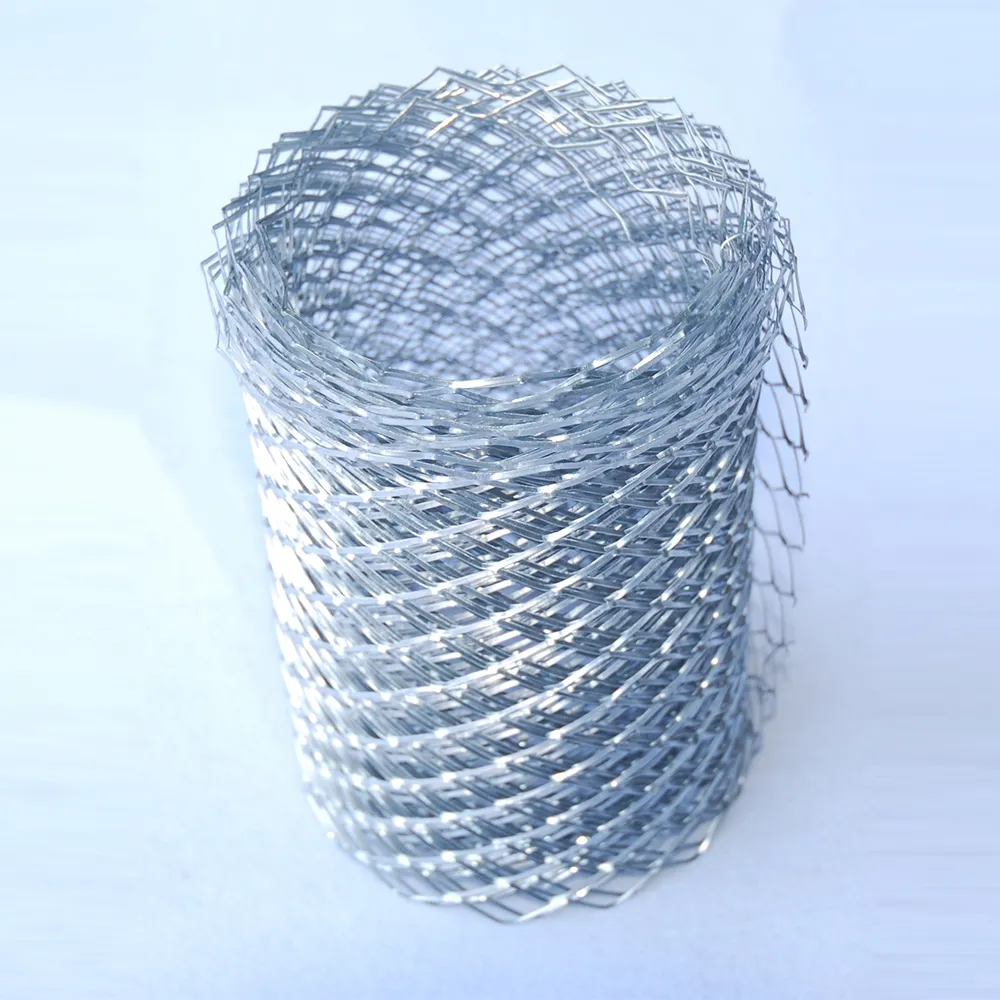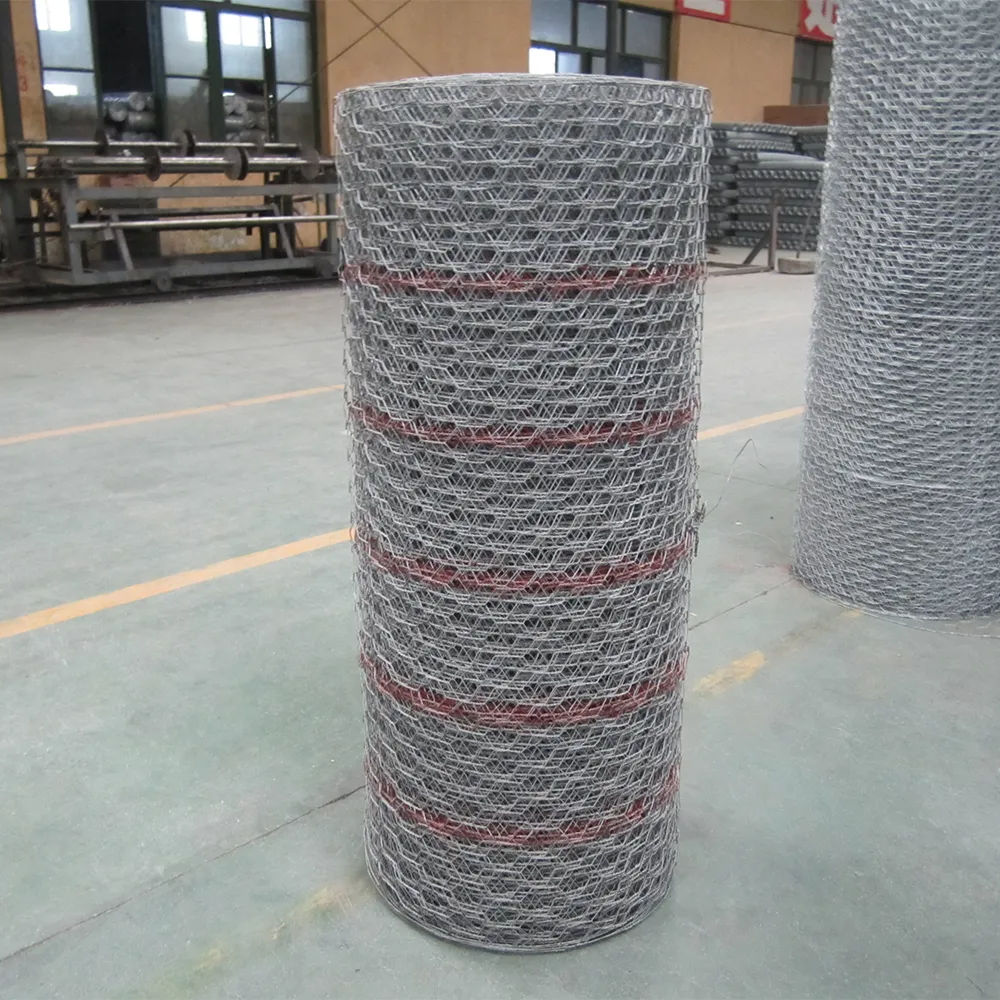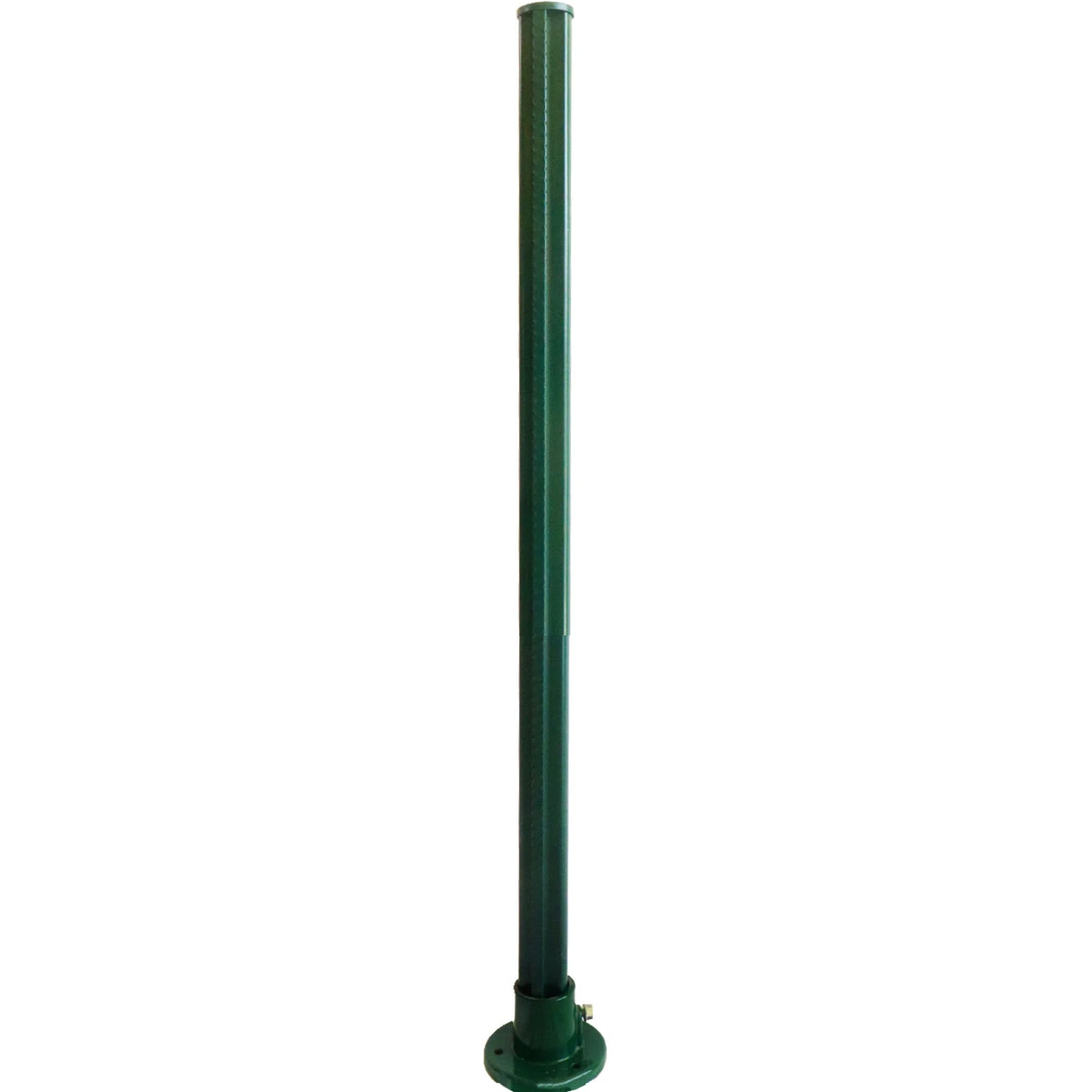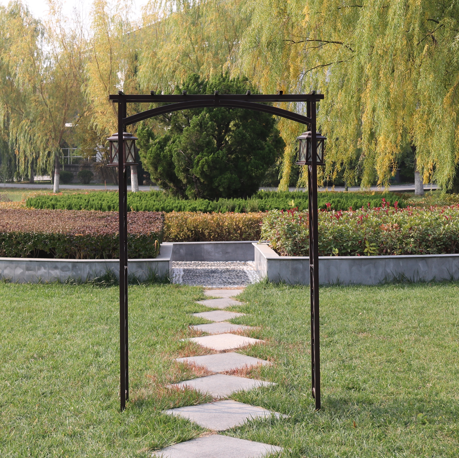Exploring the Aesthetic Appeal and Structural Significance of Metal Archways in Modern Architecture
Aug . 08, 2024 01:30The Elegance of Metal Archways A Fusion of Strength and Aesthetics
In the realm of architectural design, the interplay between form and function is crucial, and one of the most captivating elements that exemplify this is the metal archway. Often overlooked, these structures serve not just as physical entrances or passageways, but as breathtaking artistic statements that combine resilience with elegance. As we delve into the significance and allure of metal archways, we uncover their rich history, architectural versatility, and the aesthetic touch they bring to various environments.
Historically, arches have been a part of human architecture since ancient times. The Romans perfected the arch construction, using masonry to create durable structures that have stood the test of time. However, it is the evolution into metal archways that has introduced a modern twist to this timeless design. Metal, particularly steel and aluminum, offers unique benefits such as durability, flexibility, and resistance to weathering, making it an ideal choice for both structural integrity and design innovation.
The versatility of metal allows architects to unleash their creativity. Metal archways can be crafted in a myriad of styles, from sleek and minimalist to ornate and intricate. They can serve various purposes, ranging from grand entryways in public buildings, such as museums and galleries, to charming garden entrances that lead visitors into lush landscapes. Their ability to blend seamlessly into different environments—be it urban, rural, traditional, or contemporary—ensures that they enhance rather than overshadow their surroundings.
metal archway
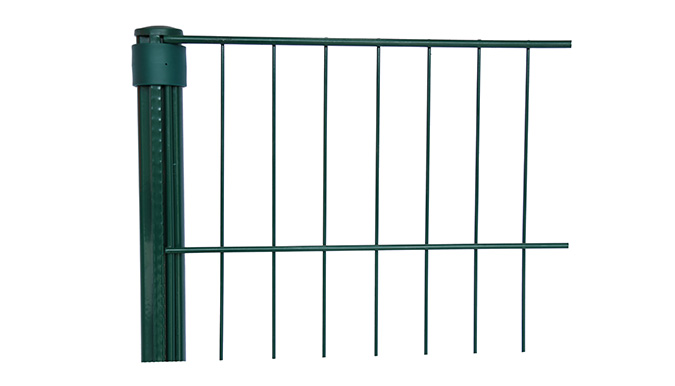
One of the standout features of metal archways is their capacity to harmonize with other materials. When combined with glass, wood, or stone, metal can create striking contrasts that elevate the overall design. A metal archway adorned with wooden beams evokes a sense of warmth, while one paired with glass panels allows for transparency and light, fostering a connection between the interior and the exterior. This versatility not only broadens their application but also enables designers to cater to diverse aesthetic preferences.
Moreover, metal archways often embody a certain grandeur. Their imposing structures can make any entryway feel more monumental, welcoming visitors with an air of sophistication. In commercial spaces, a well-designed metal archway can serve as a focal point, drawing attention and creating a memorable impression. In residential settings, they can add character to patios, gardens, and walkways, guiding the eye and inviting exploration.
Beyond their visual appeal, metal archways also symbolize strength and durability. Unlike materials prone to wear and tear, metals can withstand the elements, resisting rust and corrosion with proper treatment. This longevity adds to the sustainable design aspect, as fewer resources are needed for repairs or replacements over time. Thus, metal archways not only offer aesthetic value but also contribute to environmentally-conscious architecture by reducing waste.
In conclusion, metal archways are much more than functional structures; they represent a beautiful convergence of strength and artistry. Their historical roots, coupled with modern capabilities and aesthetic versatility, make them a compelling choice for architects and designers alike. Whether standing tall at the entrance of a historic building or gracefully arching over a garden path, these archways capture the imagination, inviting us into spaces that resonate with beauty and continuity. As we appreciate the intricacies of design, let us celebrate the metal archway—a testament to our enduring quest for innovation and elegance in architecture.
Copyright © 2025 Hebei Minmetals Co., Ltd. All Rights Reserved. Sitemap | Privacy Policy

